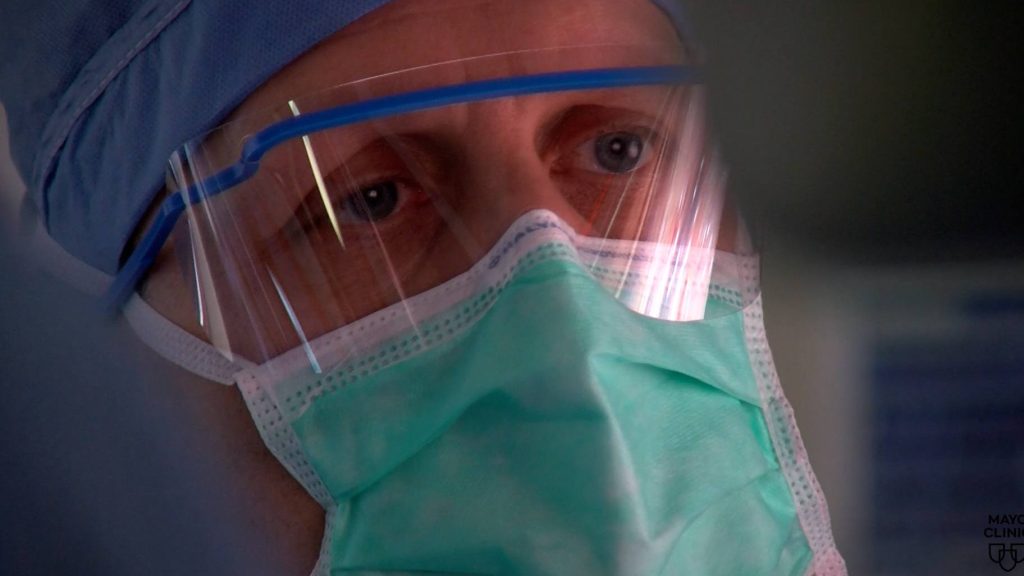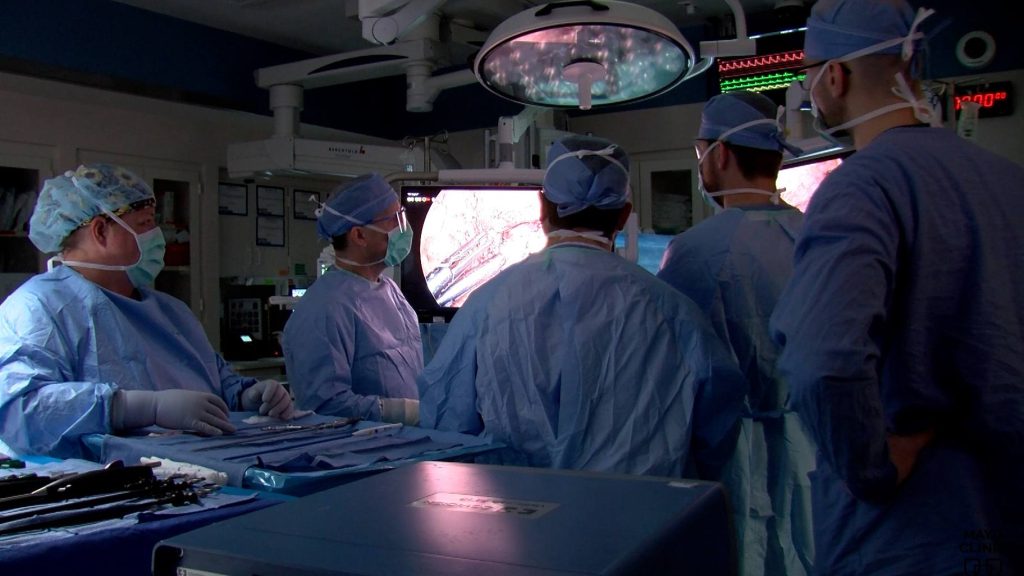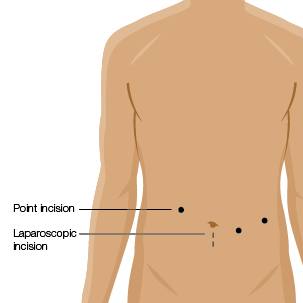Pancreatic cancer begins in the pancreas, which is located behind the stomach. It is often difficult to detect early because symptoms typically appear only after the cancer has spread. As a result, it is usually diagnosed at an advanced stage, which complicates treatment.
One key treatment option is the Whipple procedure, a complex surgery that removes the head of the pancreas. There are three approaches to this challenging surgery: open, laparoscopic and robotic.
Dr. Michael Kendrick, a hepatobiliary and pancreas surgeon at Mayo Clinic, specializes in the laparoscopic Whipple procedure. He says, depending on the location and stage, patients may need to undergo extensive treatment before surgery. This makes the minimally invasive laparoscopic approach easier on the patient.
Watch: Laparoscopic Whipple procedure
Journalists: Broadcast-quality video (1:16) is in the downloads at the end of this post. Please courtesy: "Mayo Clinic News Network." Read the script.
"At this point, surgery is the only potentially curative treatment," says Dr. Kendrick.

However, for the best outcome, most patients with pancreatic cancer will need chemotherapy and radiation before surgery to maximize cancer outcomes. Dr. Kendrick says that after such rigorous treatments prior to surgery, minimally invasive approaches help minimize the effect on the patient's health.

"It's much less stress on the body than the open approach, and so most of the studies show that patients have less pain, quicker recovery, less blood loss and shorter hospital stays, which has been very beneficial," he says.

Laparoscopic means making small incisions and using a camera and special instruments that traverse the abdominal wall to perform the operation internally.
"The surgeon's right at the bedside, holding and controlling all of these instruments," says Dr. Kendrick.
After the operation, the patient wakes up with bandages rather than a large incision. These small incisions mean less pain from the operation and quicker healing time.
"The minimally invasive approach is allowing people to recover quicker, which gives them more hope that after all of the treatment they've gone through — the chemotherapy, the radiation, now the surgery — that finally they're going to get some of their life back. And I think that's really rewarding," Dr. Kendrick says.
Mayo Clinic is a leader in the minimally invasive laparoscopic approach to the Whipple procedure and is one of the few medical centers offering it. Dr. Kendrick says it's important for patients to ask questions about their treatment options and get a second opinion to ensure they are getting the best possible treatment.
Related posts:
- Mayo Clinic Minute: Detecting pancreatic cancer
- Detecting pancreatic cancer through changes in body composition and metabolism







